Tracing the history of name Furstenberg I discovered some coins, perhaps part of a treasure found in a castle, as well as porcelain fit for a King residing on a Parisian Street.
First there was the Fürstenberg castle
Fürstenberg Castle was a medieval fortress located on Fürstenberg hill, in Baden-Württemberg region of south-west Germany, near the source of the Danube river.
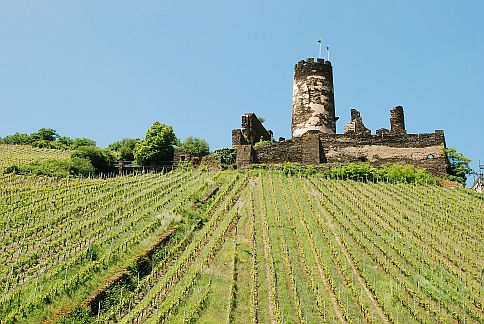
The name actually means Prince Mountain, or Prince of the Mountain.
The castle was first mentioned in a deed of 1175. Around 1250 Count Henry of Urach (a land nearby) made it his residence and was the first to call himself a Count of Fürstenberg.

Sadly, the original castle was devastated during the Thirty Years’ War (at the beginning of the 17th century) and never rebuilt. But the Fürstenberg county and the Fürstenberg clan survived history.
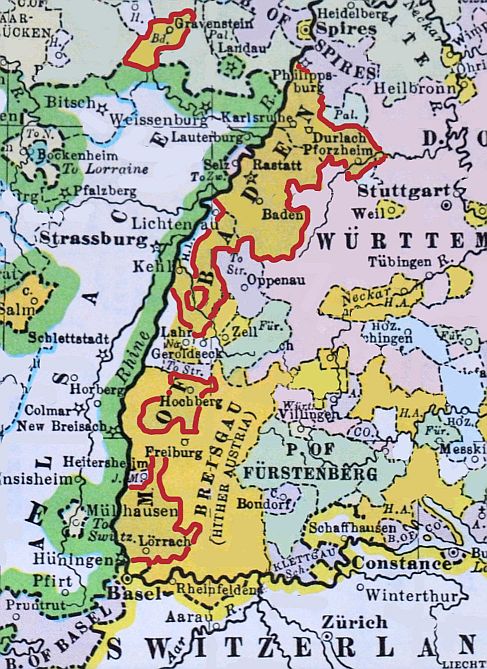
Over the years, as it often happened with any big family, holdings were partitioned between different branches of the clan, then unified again as family lines went extinct.
One such memorable member was Count Henry VII von Fürstenberg-Fürstenberg mentioned in 1408.
One of the oldest Fürstenberg coins
A Theodore von Furstenberg silver coin from 1614
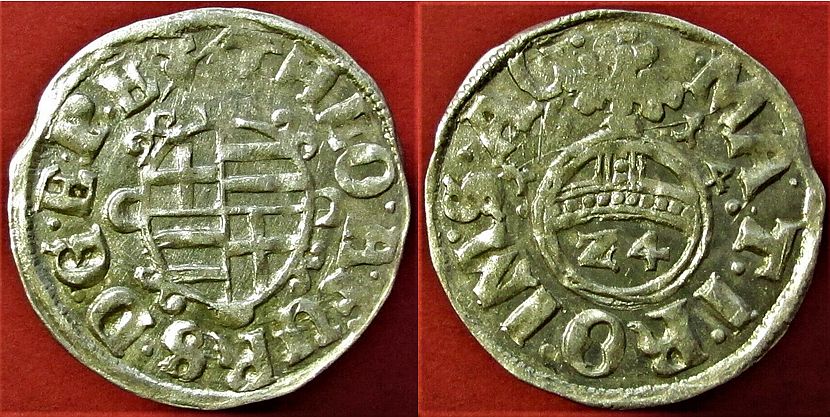
In 1664, Hermann Egon of Fürstenberg-Heiligenberg and his brothers, the bishops Franz Egon of Strasbourg and Cardinal William Egon of Fürstenberg, became Princes of the Holy Roman Empire and the first to be raised to imperial princely status by emperor Leopold I. Therefor Hermann Egon is seen as the founder of the Principality of Fürstenberg-Fürstenberg.
Furstenberg coins from 16th and 17th centuries
Minted under Dietrich von Fürstenberg, Bishop of Paderborn, 1585-1618 (left) and under Ferdinand von Fürstenberg, Bishop of Paderborn and Münster, 1661-1683 (right):

In 1716, Count Joseph Wilhelm Ernst becomes (again) Prince of Fürstenberg-Fürstenberg (due to various partitions followed by unification of the small counties). It was he who changed his residency to Donaueschingen, a small settlement near the confluence of the Brigach and Breg rivers, the source of the Danube river. There he built a residence fit for a prince, he organized the administration of the county and is seen as the founder of the Principality of Fürstenberg-Fürstenberg.
A Furstenberg-Stuhlingen Taler from 1729
A coin that should not exist in such a fine state.
The obverse: we see the bust of Josef Wilhelm Ernst Furstenberg-Stuhlingen in armored suit. Do notice the fine details: the edge of each curl fully defined, and his facial features easily pronounced. Also, notice the flan (or planchet, the round metal disk that is ready to be struck as a coin): in russets and golden hues just like a painter’s brush strokes.
The reverse: figures at work, with a view of the mines and valley in the background. Do notice the excellent proportions of the details and the 3D perspective created with the use of repoussoir (an object along the right or left foreground that directs the viewer’s eye into the composition by framing the edge).
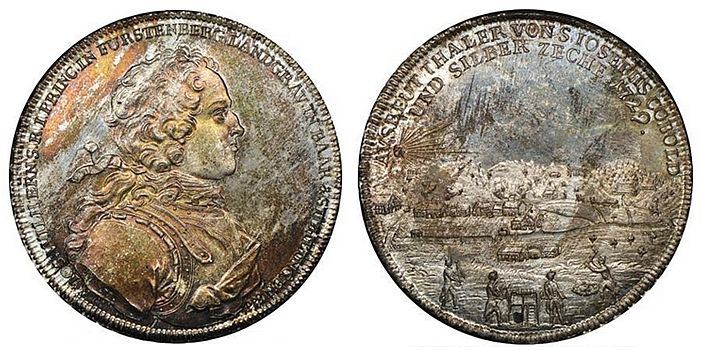
The Fürstenberg porcelain
Duke Charles I of Brunswick-Wolfenbüttel, who reigned as Prince of Brunswick-Wolfenbüttel from 1735 until his death, requested that a porcelain factory be built in 1747 in Fürstenberg.
Below is one of the oldest drawing used by Fürstenberg porcelain factory dating from 1760: the castle and the factory, and painted by Pascha Johann Weitsch. The plate is from the Duke Carl I of Brunswick-Wolfenbuettel set.

It is interesting to know that the Fürstenberg porcelain trademark, the blue “F”, dates since 1740 and the ALT FÜRSTENBERG range is still produced today in its original Rococo style.
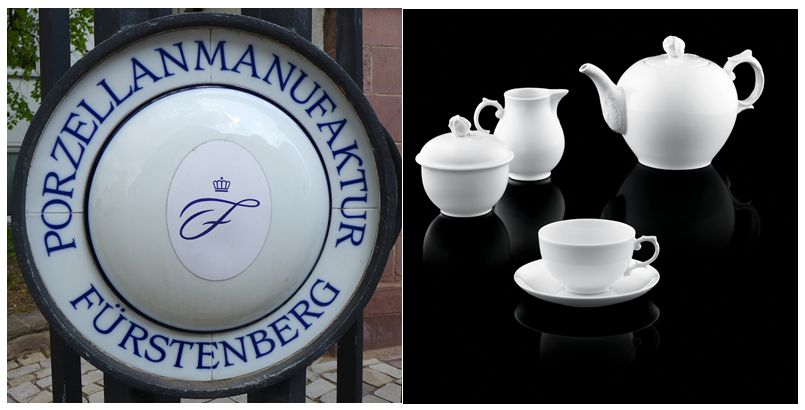
Moving on with the history of the Fürstenberg family…
At the end of the 18th century, Prince Joseph Maria Benedikt, the third Prince of the House of Fürstenberg-Stühlingen, is known to have studied at the University of Salzburg and was a passionate musician and a patron of the arts. For this, the Prince upgraded the riding school in Donaueschingen into a 500 seat theater to play the works of great composers of the day. He is also remembered to have regulated the lives of his subjects with moral severity…
In 1766 and age 10, Wolfgang Amadeus Mozart visited the Fürstenberg home in Donaueschingen for twelve days and performed for the Prince, his family, and guests. Both Mozart and his sister received diamond rings as a sign of gratitude for their performance.
Later, Mozart proposed that the Prince of Fürstenberg pay him a regular annual salary in return for new compositions for exclusive use at the court in Donaueschingen. The Prince purchased three symphonies and three piano concertos but, sadly, decided not to pay Mozart the salary the musician hoped for. If only he would have.
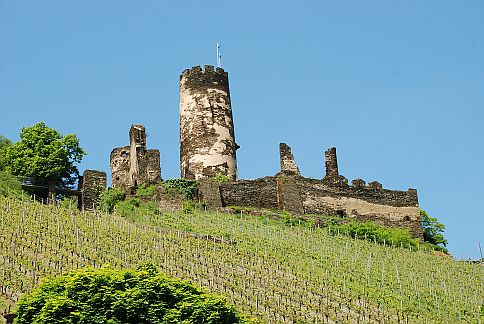
The Furstenberg-Stuhlingen coin of 1767 worth nearly 40 000 USD
A Josef Wenzel Furstenberg-Stuhlingen coin, struck as part of the Mining Taler series featuring St. Wenceslas standing in front of the Wenceslas Mine:
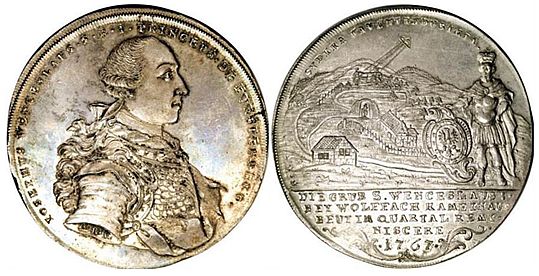
In November 15, 1772 the Prince of Fürstenberg was contracted to marry Princess Maria Theresa of Thurn and Taxis but it didn’t work out as the princess changed her mind. He married instead Maria Antonia of Hohenzollern-Hechingen in 1778. An alliance that did not work out wither, although they shared a passion for music and she was an “excellent soprano”, courageous, determined and ingenious although unusually small.
Over the centuries members of Fürstenberg family have risen to prominence as soldiers, churchmen, diplomats, and academics. Sometimes the name was gallicized as de Furstenberg or anglicized as Furstenberg. 🙂
The Principality of Fürstenberg was one of 16 principalities dissolved by the treaty of the Rhine In 1806. Most part was annexed to the Grand Duchy of Baden, smaller parts were given to the Kingdom of Württemberg, the principality of Hohenzollern-Sigmaringen and the Kingdom of Bavaria.
The Fürstenberg noble title was retired.
The Fürstenberg family no longer rules as princes, yet it still resides at Donaueschingen (with its gardens, grounds and an extensive library), at Heiligenberg and Weitra.
And a Furstenberg street in chic Paris
Rue de Furstemberg is located in one of the most charming squares in Paris.

The street was named after Cardinal Guillaume-Egon de Fürstenberg (1629-1704), ordained Abbot of Saint-Germain-des -Prés in 1697. He was the same Guillaume-Egon which, in 1664 and together with his brothers Hermann Egon of Fürstenberg-Heiligenberg and bishop Franz Egon of Strasbourg, were raised to the status of Princes of the Holy Roman Empire by emperor Leopold I.

Place de Furstenberg or Rue de Furstemberg is in the heart of the wealthy 6th arrondissement, tucked between the web of streets found between the left bank of the Seine and Boulevard Saint-Germain.
The square is the foreground to the entrance of the Abbatial Palace constructed in 1586 by Cardinal Charles I de Bourbon and named after the Cardinal Guillaume-Egon de Furstenberg.
Notice below Rue de Cardinal perpendicularly to Rue de Furstenberg?



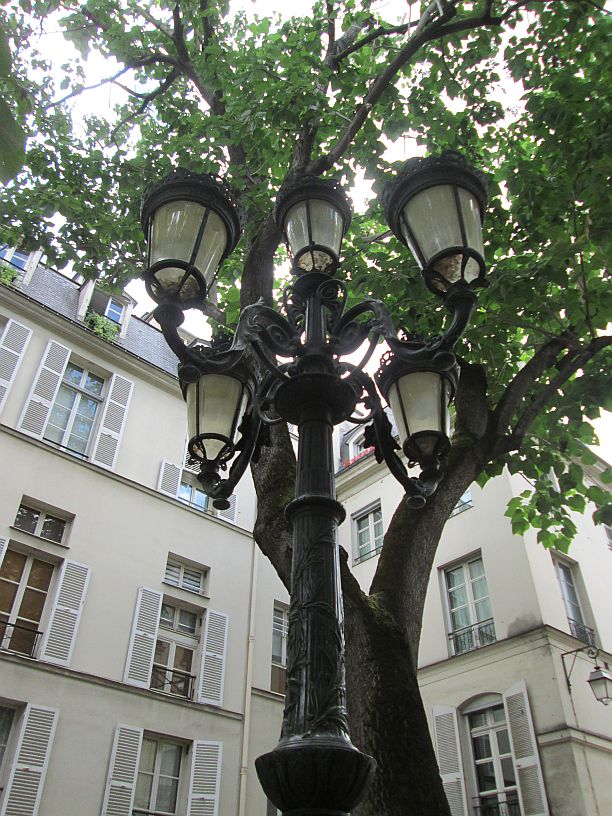
A rather Gothic on Rue de Furstemberg and a Paulownia tree
Rue de Furstemberg, 75006 Paris, France
The surrounding buildings here are placed around a central island and form a charming courtyard. Noticeable here is the Haussmannian architecture that defines Paris, a subtle hint of the romantic and traditional Parisian charm.

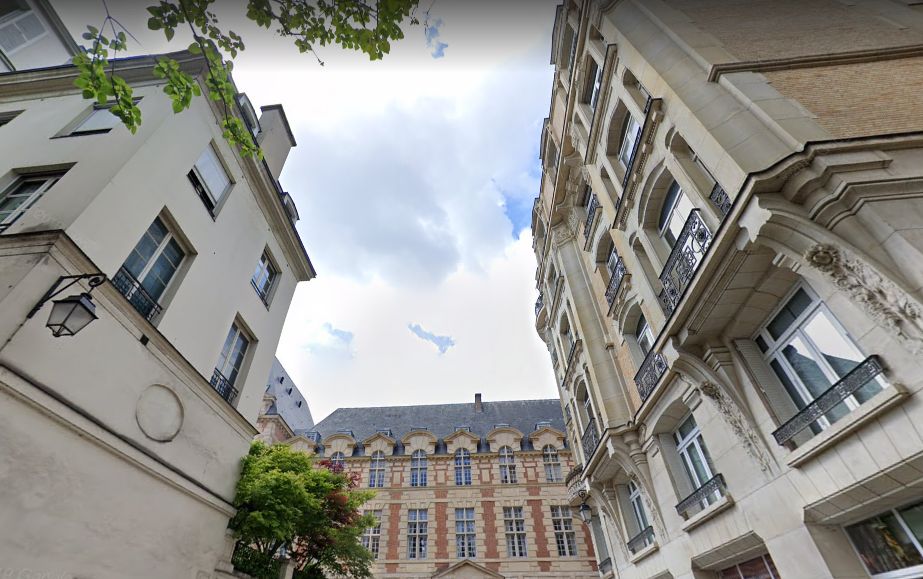

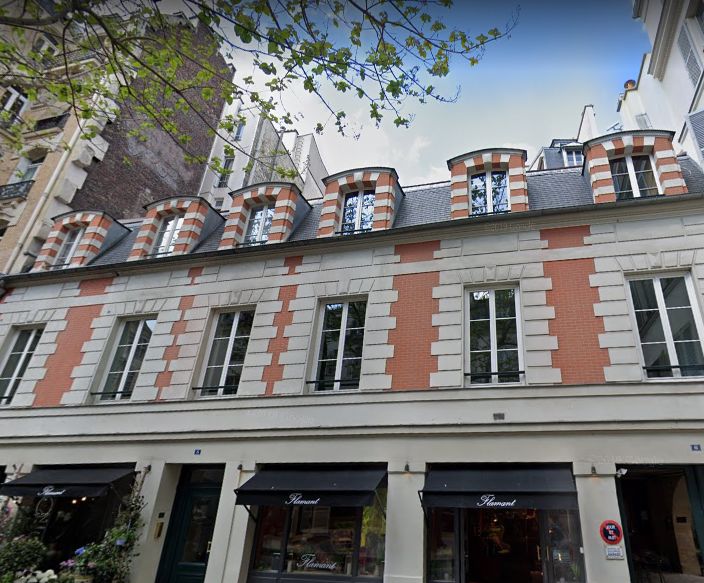
Rue de Furstemberg, Furstenberg Street in Paris
A hotspot for intellectuals and artists, Rue de Furstenberg is also famous for having been home to Eugène Delacroix who moved there to be nearer to the Eglise Saint-Sulpice which he had been commissioned to decorate.
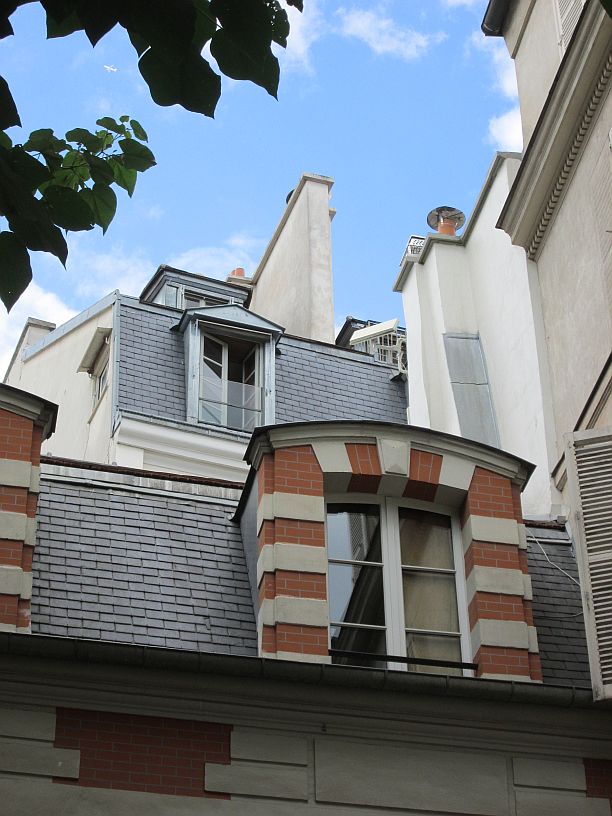
Not any know, but an unfinished Medieval statue of the Virgin with Child was reassembled from three pieces of rock discovered in an archeological dig on the Rue de Furstenberg in 1999. The Statue can be admired in the Church of Saint-Germain des Prés nearby, the oldest church in Paris.

Discovering the history behind a family name is a fascinating journey, one I hope you enjoyed taking with me. Thank you for reading ‘A History of Furstenberg: Coins, a Castle, Porcelain, and a Street.’ Until next time.
As always, you can discover my book on Amazon or Loot (if you reside in South Africa).


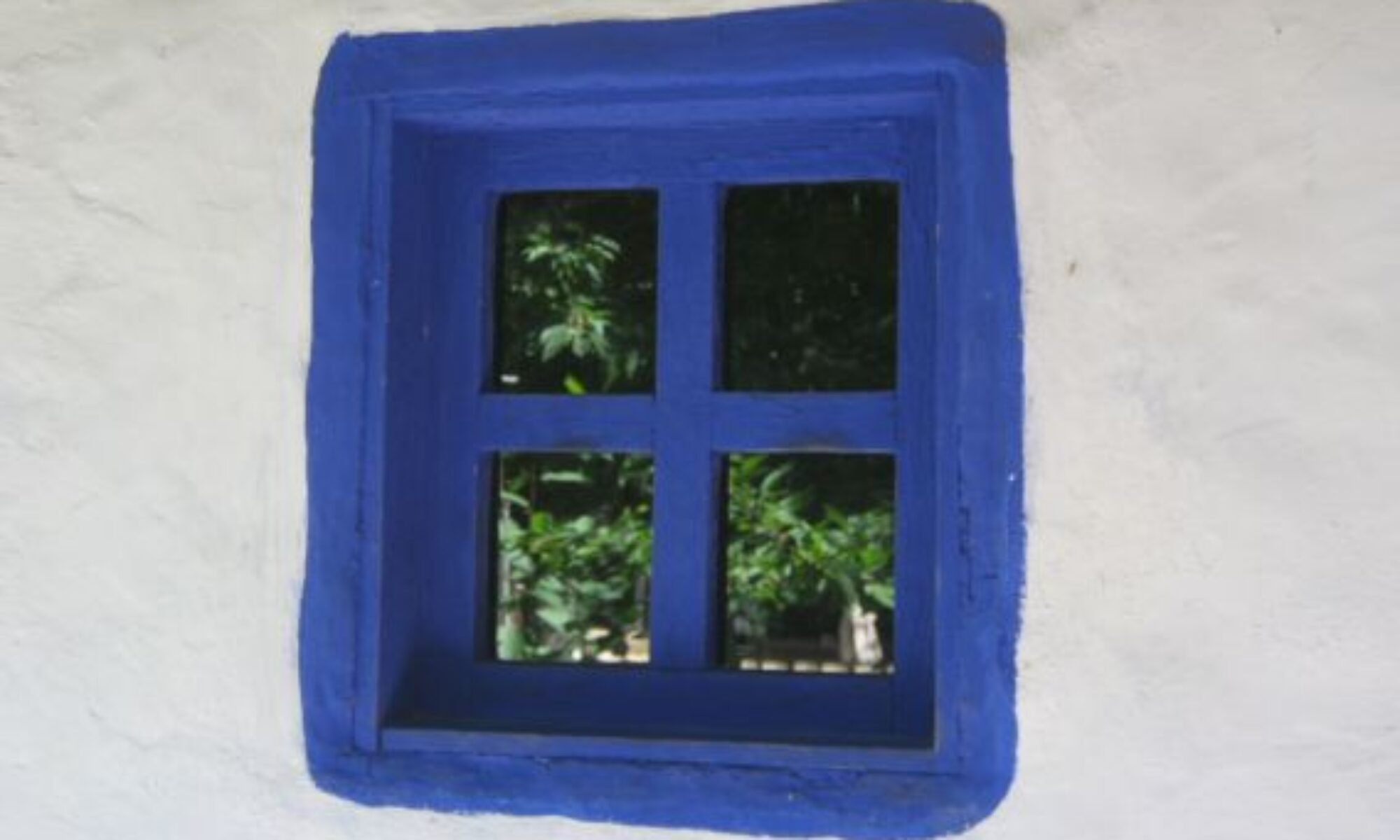
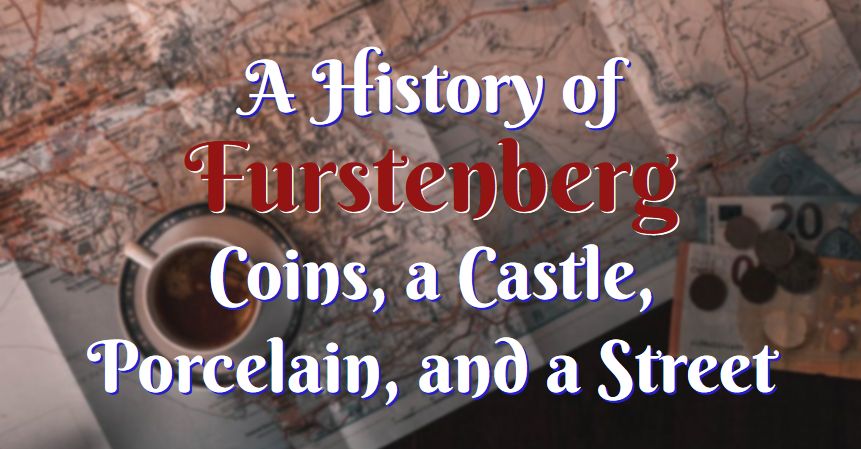
An intriguing journey of discovery.
Thank you, Daniel. I found it fascinating too.
Loved this post! It must be so interesting doing all the research and discovering all this.
Thank you so much for reading, Blanca. I appreciate it.
Yes 🙂 it was exciting to research and learn. Luckily the info was accessible 🙂
Loved your research. Thanks for sharing your findings. Makes me curious about my own.
Thank you so much, Gina. It is quite an addictive endeavor, you are warned 🙂
Many thanks for stopping by.
Lol. I am already knee deep in interests, so I probably do need this warning.
I find it relaxing to do online research after a few hours of writing (productive or not, that is of little importance when I can’t focus anymore 🙂 )
It cleans my mind’s palate, so to speak.
I can totally see that. When there’s no pressure and you’re letting yourself go where your interest takes you, it’s rejuvenating.
Such an interesting journey of discovery! Have you been able to trace a direct link to the Prince of Fürstenberg or is that on the ‘to-do’ list?
Good question 🙂 On the to-do list as just discovering and learning so much was enough 🙂